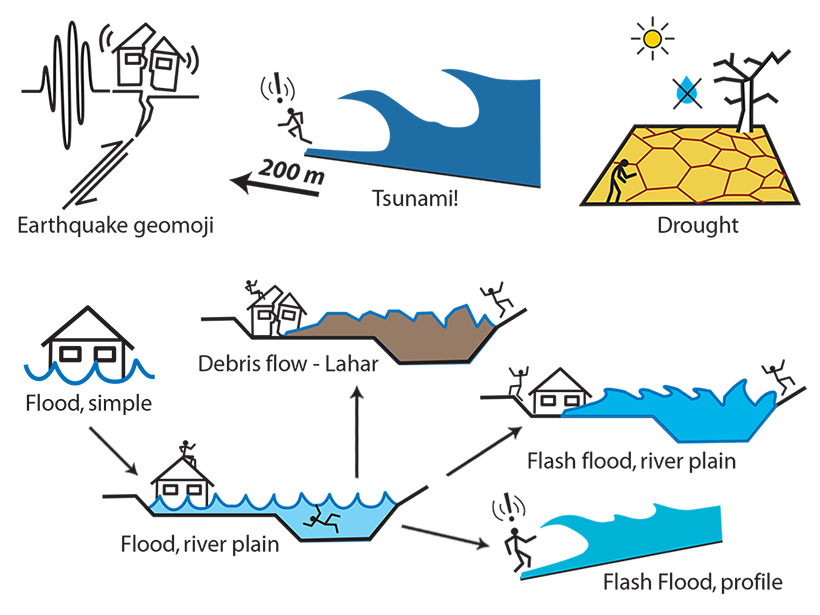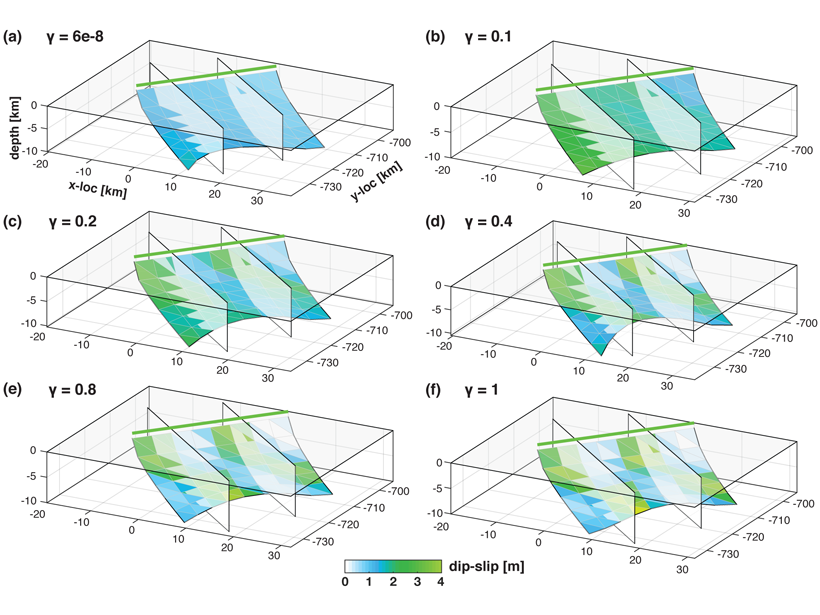AGU’s newest journal, Perspectives of Earth and Space Scientists, is a collection of memoirs, essays, and insights that present personal perspectives on how different scientific fields have evolved.
2021 CC BY-NC-ND
Heat Pumps Can Lower Home Emissions, but Not Everywhere
A new study shows that in the right places, heat pumps can help homeowners lower greenhouse gas emissions, save on heating and cooling costs, and promote public health.
When Deep Learning Meets Geophysics
Traditional physical models are no longer the only foundational tools for processing geophysical data; “big data” help to reveal the laws of geophysics from new angles with exciting results so far.
Lake Erie Sediments: All Dredged Up with Nowhere to Grow
Agriculture is a key contributor to the algae mats that plague Lake Erie. With so many fertilizers entering the lake, could sediment from the lake floor be used to grow crops instead?
Anticipating Climate Impacts of Major Volcanic Eruptions
NASA’s rapid response plan for gathering atmospheric data amid major volcanic eruptions, paired with efforts to improve eruption simulations, will offer better views of these events’ global effects.
Making the Most of Volcanic Eruption Responses
Last year, a new collaborative initiative conducted a hypothetical volcano response exercise. A month later, they put the knowledge gained to use during an actual eruption.
Megaripples on Mars—How to Name Wind-Shaped Features on the Red Planet
New research suggests a more settled terminology for Martian aeolian landforms based on size and geomorphology.
Los geomojis traducen la geociencia a cualquier idioma
Pictogramas recién creados tienen como objetivo comunicar fácilmente los términos de geociencia y geopeligro.
New Inversion Method Improves Earthquake Source Imaging
A new method uses Bayesian inference to jointly invert for non-planar fault geometry and spatially variable slip (with associated uncertainties) in earthquake source modeling, based on geodetic data.
How Can Wristbands Monitor Pollution, PAHs, and Prenatal Care?
Silicone wristbands can help monitor pregnant women’s exposure to polycyclic aromatic hydrocarbons. Tracking these toxic chemicals, produced by combustion, could improve public health outcomes.










